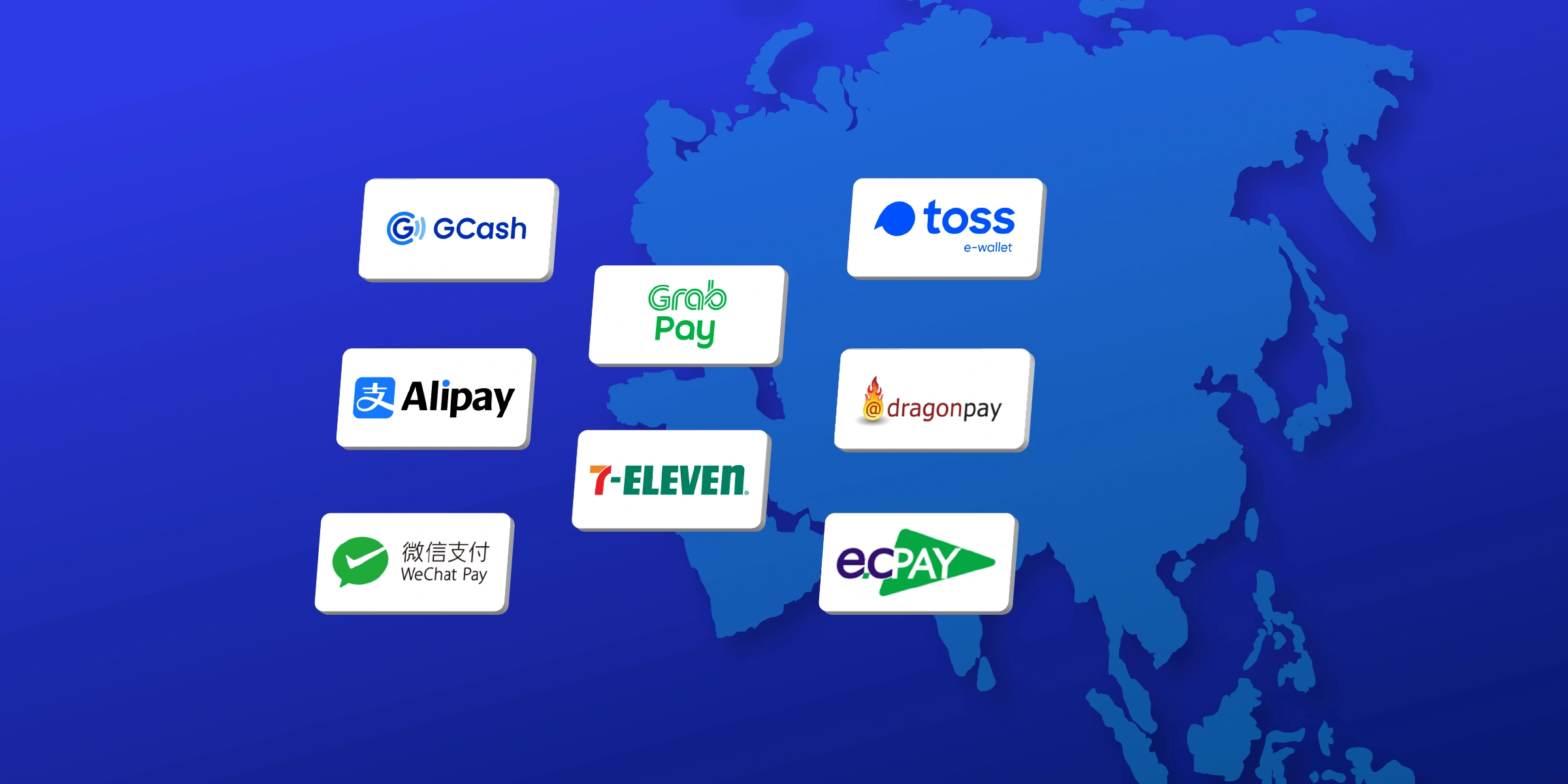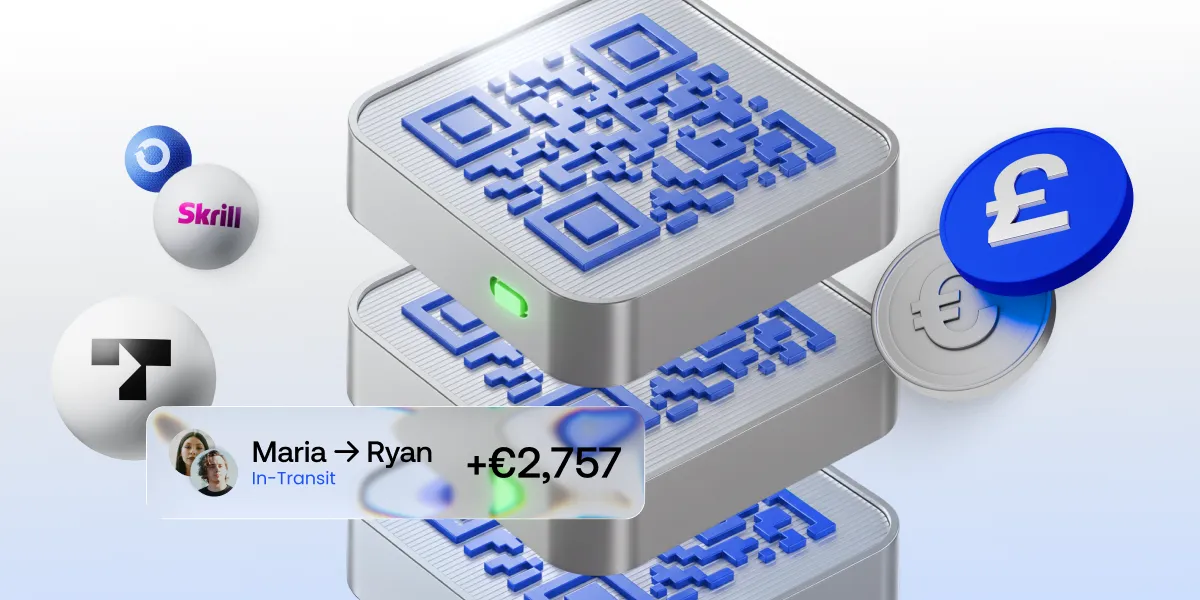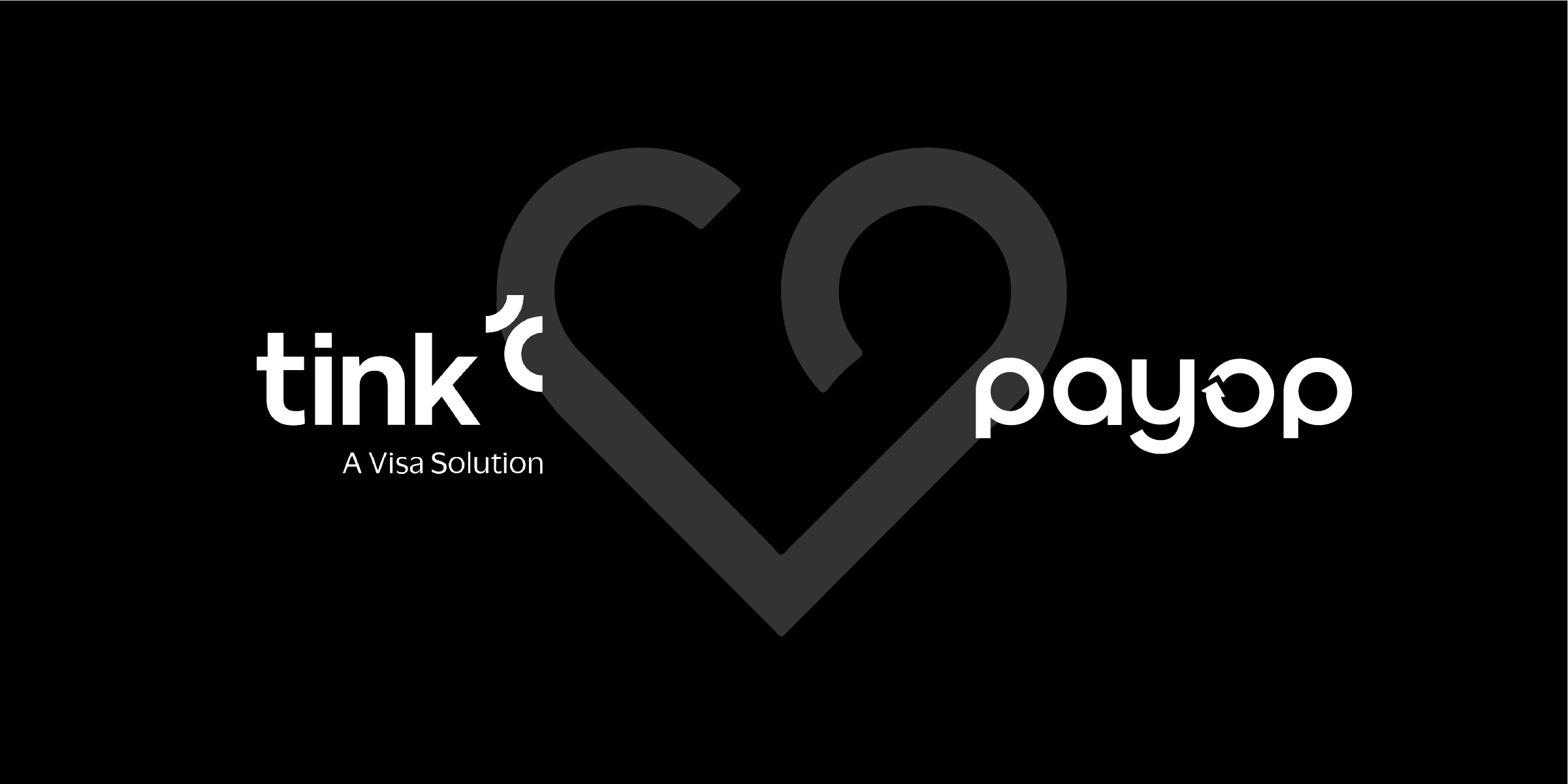Top 8 payment methods in Asia

We’ve previously written about European and Latin American markets. This time, we’re covering the most popular payment methods in Asia. Learn about general developments in the payment industry and key features of the most used methods.
General trends in payment methods in Asia
Asia has seen a profound shift in payment methodology in recent years, fuelled by the region’s tech-savvy population and the widespread adoption of digital solutions. Smartphones, widespread in the region, have played a key role in facilitating contactless payments. As e-commerce gains momentum and mobile wallets grow in popularity, Asia is becoming a centre for groundbreaking advancements in the payments sector.
Social media platforms have become more than just communication hubs. They’ve evolved into financial ecosystems that allow users to send money, pay bills and make purchases in the same interface.
Moreover, convenience stores and other retailers have expanded their offerings to include payment solutions. Now, they also enable customers to settle bills, purchase tickets, and conduct various transactions, further incorporating payment services into daily routines.
Alipay
Alipay is one of the most widely used digital payment platforms in China. It was developed by the Alibaba Group in 2004. Alipay operates as a secure digital wallet, allowing users to link their bank accounts and make transactions via smartphones.
What distinguishes Alipay is its versatile approach—users can not only make online and in-store payments but also have access to many financial services. This includes wealth management tools, peer-to-peer transfers, utility bill payments, and even investment options.
Alipay’s widespread adoption across China has transformed it into a lifestyle app. From ordering food, hailing taxis, and booking tickets to splitting bills among friends, Alipay simplifies these tasks with a few taps on the smartphone. Its intuitive user interface, coupled with robust security measures, has earned the trust of millions of people.
WeChat Pay
WeChat Pay is a digital payment platform functioning within the renowned Chinese social app WeChat. At its core, it is a digital wallet, enabling users to link their bank cards and conduct various financial activities. This includes money transfers, bill splitting, online and offline purchases and funds management.
WeChat Pay is widely popular due to its user-friendly interface and widespread adoption by many merchants. Whether in restaurants, retail stores, or even street vendors, WeChat Pay’s QR code-based payment system allows one to make payments effortlessly.
Dragonpay
Founded in 2010, Dragonpay has become a reliable alternative payment solution, catering not only to the banked but also to the unbanked population in the Philippines. Understanding the limitations faced by those without bank accounts, Dragonpay offers a range of payment options, including bank transfers, over-the-counter cash payments, online banking, mobile payments, and e-wallet transactions. This variety promotes financial inclusion by allowing people to choose a method that aligns with their comfort and accessibility.
To amplify this effect, Dragonpay partner with various companies, from small e-commerce startups to large enterprises, allowing them to offer multiple payment channels to their customers.
GCash
GCash is a mobile wallet launched in the Philippines in 2004 by Globe Telecom. This app offers a wide choice of financial services, catering to the needs of both the banked and unbanked population.
Users don’t need to have a bank account. They can top up their wallets through over-the-counter transactions at partner outlets and use them for money transfers, bill payments or online shopping. The platform’s accessibility, user-friendly interface and commitment to security gained the trust of users, which contributed to its widespread adoption.
GCash continues to innovate by developing new features to meet the growing needs of consumers. Expansion in online lending, insurance and even international money transfers have further strengthened the company’s position in the payments market.
ECPay
ECPay is another payment service provider in the Philippines. Established in 2005, it enables individuals to perform various transactions, including bill payments, prepaid credits purchase, remittances, and ticket reservations.
ECPay network includes convenience stores, retail outlets, remittance centres, and online platforms. Through these partnerships, ECPay provides consumers multiple touchpoints to conduct transactions, ensuring accessibility even in remote areas. This approach enables individuals without bank accounts to participate in the digital economy, bridging the gap between traditional and modern financial services.
GrabPay
GrabPay, an integral part of the Grab super-app, is a mobile wallet that offers many financial services in the Southeast Asian region. It allows users to perform various transactions, including ride payments, food delivery, shopping, bill payments, and transfers, all within the same interface of the Grab app.
One of GrabPay’s notable strengths is its widespread acceptance across Southeast Asia. Operating in countries like Singapore, Malaysia, Indonesia, Thailand, and the Philippines, GrabPay is a preferred payment method among a broad audience. Its adoption by merchants, from street vendors to retail chains, emphasises its convenience and versatility for consumers.
Learn about the top 5 payment methods in Latin America.
Toss Pay
Toss Pay is a part of the South Korean Toss App. The service offers a user-friendly platform for money transfers, bill payments, and expense splitting, making managing finances effortless.
Diverse top-up options and widespread merchant acceptance make Toss Pay accessible to people with different banking backgrounds. The app allows users to load funds through bank transfers, card payments, or even by snapping a picture of a physical check. This user-friendly approach and emphasis on security and privacy is a cornerstone of the service’s success.
7 Eleven
7 Eleven convenience stores in Japan also serve as hubs for diverse financial transactions. Customers can settle utility bills, purchase transportation tickets, top up prepaid cards, and conduct various financial transactions.
The stores accept multiple payment methods, including cash, cards, and mobile payments, catering to diverse customer preferences. Additionally, 7 Eleven collaborates with financial institutions, offering banking services like account openings and cash withdrawals, enhancing its role as a financial convenience centre. With widespread accessibility across urban and rural areas, 7 Eleven ensures everyone can access essential financial services.
Conclusion
It’s clear that the Asian region truly pioneers innovation in the payment landscape. With its mobile wallets and integration of payment services in social platforms and convenience stores, Asia is leading the way towards a cashless society. In addition, these payment methods are an example of the evolution towards financial inclusion and convenience through the introduction of technology and meeting the diverse needs of payers.
Read about top payment methods in the European market.









